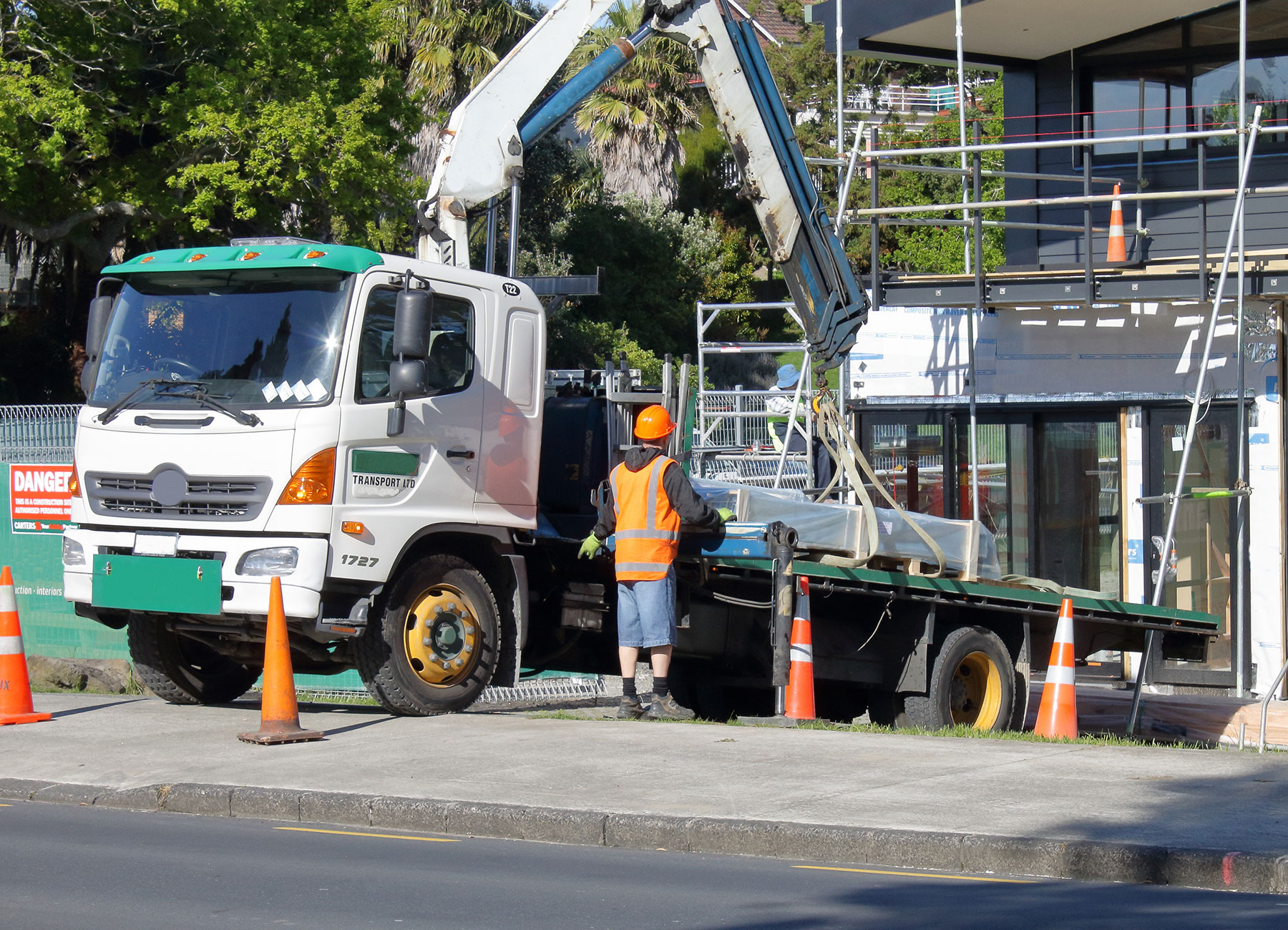CTMP
Although this is separate to any application for planning permission, most often the CTMP will be a condition on the grant of planning permission, and any highway licences and/or parking suspensions required will also not be given until the CTMP is approved. Even where planning permission has been granted, if work deemed to be ‘significant’ starts on site before the CTMP has been formally approved then that will constitute a breach of planning permission and could result in enforcement action being taken by the council.
There are two important points to note about CTMPS:
- they cover specific works and specific disruption, so any changes to the CTMP have to be approved again by the council;
- not providing all the right information first time can cause significant delay (two months or more), so a comprehensive initial application is essential.
How we can help
Annabella is not just an interior designer but also an architectural designer, and has a wealth of practical knowledge gained managing both construction and refurbishment projects. She also has intimate knowledge of the London luxury property market. Rather than dealing with three or more separate contractors, Annabella’s clients have one point of contact and someone able to directly manage the entire process. Her ‘hands on’ experience in these three different areas gives Annabella a rare insight into things that can slow down a property development project, and the knowledge and experience to stop potential issues becoming real problems.
How it works
Following a visit the proposed site of works, we will produce a CTMP including a site plan / drawing to scale, together with the following information:
- a timescale for each phase of demolition, excavation and construction;
- a strategy to co-ordinate development with other ongoing projects nearby if at all possible;
- if work cannot be contained completely within the site) a scale drawing of the site layout and surrounding highway indicating hoarding, pedestrian routes, parking bay suspensions, and calculating the road width remaining to allow vehicle manouevre;
- access and exit routes of vehicles involved in that work;
- information about disruption or diversion of traffic, and any other non-standard use of public highways during this time;
- the number of parking suspensions required, their duration, and a detailed explanation for each suspension;
- general site access arrangements, and the number of vehicles estimated on a daily and weekly basis;
- information about measures put in place to reduce the risk to cyclists from HGV traffic, including training and membership of a recognised HGV safety scheme *;
- the hours during which vehicle access will be required, which must take into consideration peak hours including ‘school run’ times;
- information about the vehicle holding area, both on site and outside the borough, and the vehicle call up procedure;
- a strategy for utility service connection on site so that it, if possible, it can be carried out at the same time as similar or related work being carried out on adjacent land;
* Over half of all fatal collisions with cyclists involve an HGV. The council has signed the London Cycling Campaign’s Safer Lorries pledge.


